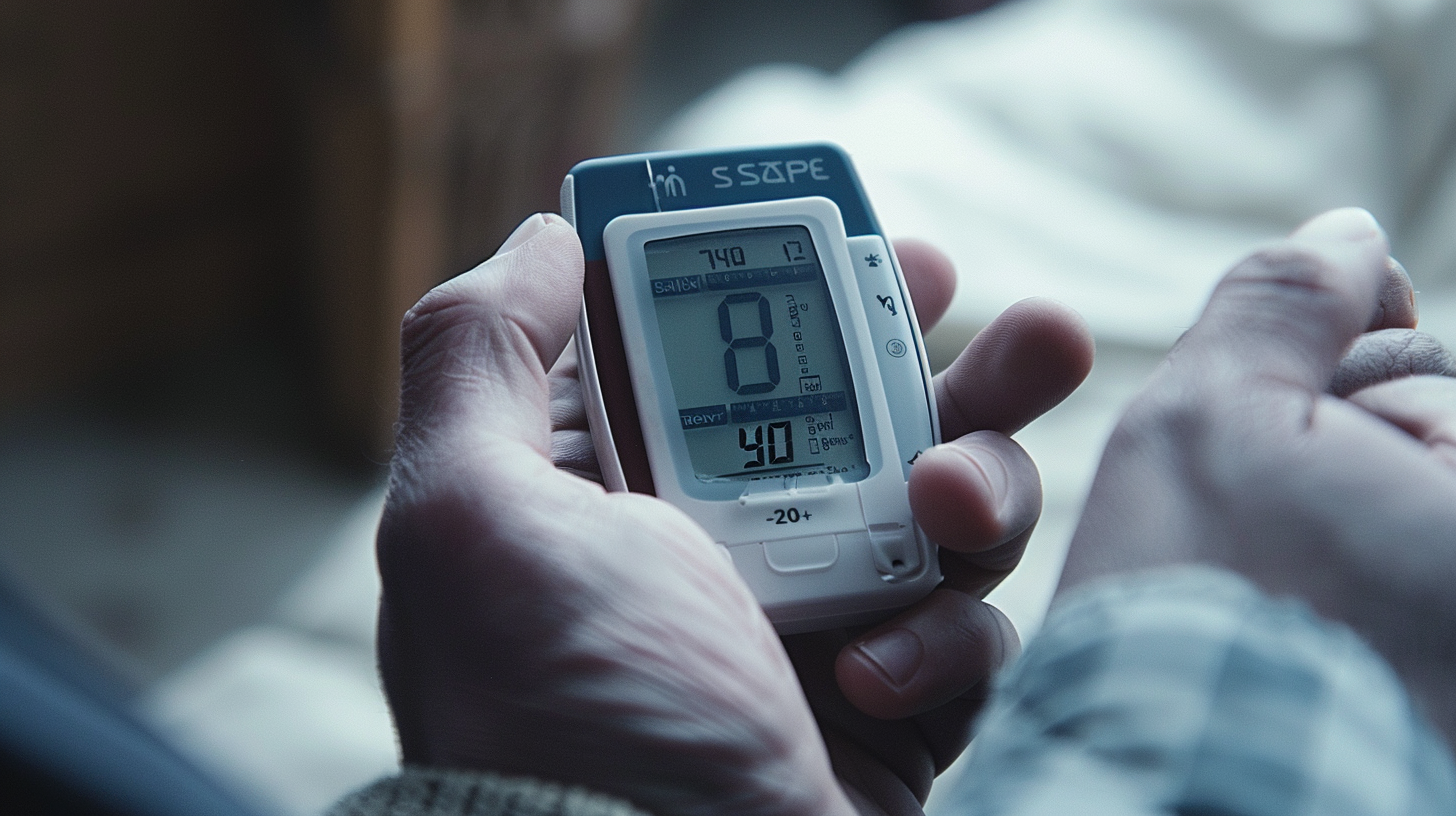
Understanding blood sugar levels is crucial for maintaining good health, particularly for those managing diabetes or prediabetes. Blood sugar, or glucose, is the primary source of energy for the body’s cells, and maintaining its levels within a normal range is essential for overall health and well-being. This article will delve into what constitutes normal blood sugar levels, how they are measured, and how to maintain them.
What is Blood Sugar?
Blood sugar, also known as glucose, is a type of sugar that circulates in the blood and serves as the main energy source for the body’s cells. It comes from the food we eat and is regulated by insulin, a hormone produced by the pancreas. Insulin helps glucose enter the cells, where it can be used for energy. The balance between blood sugar and insulin is crucial for the body’s normal functioning.
Normal Blood Sugar Levels
Blood sugar levels can vary throughout the day based on factors such as food intake, physical activity, and stress. However, there are established ranges considered normal for blood sugar levels in different situations.
Fasting Blood Sugar Levels
Fasting blood sugar levels are measured after an individual has not eaten for at least eight hours. This is usually done in the morning before breakfast. The normal range for fasting blood sugar is:
- Normal: 70-99 mg/dL (milligrams per deciliter)
- Prediabetes: 100-125 mg/dL
- Diabetes: 126 mg/dL or higher on two separate tests
Postprandial (After Eating) Blood Sugar Levels
Postprandial blood sugar levels are measured two hours after eating. This helps determine how well the body handles glucose after meals. The normal range for postprandial blood sugar is:
- Normal: Less than 140 mg/dL
- Prediabetes: 140-199 mg/dL
- Diabetes: 200 mg/dL or higher
Random Blood Sugar Levels
Random blood sugar levels can be measured at any time of the day, regardless of when the person last ate. The normal range for random blood sugar is:
- Normal: Less than 140 mg/dL
- Prediabetes: 140-199 mg/dL
- Diabetes: 200 mg/dL or higher
Hemoglobin A1c (HbA1c) Levels
Hemoglobin A1c (HbA1c) is a measure of average blood sugar levels over the past two to three months. It provides a longer-term view of blood sugar control. The normal range for HbA1c is:
- Normal: Below 5.7%
- Prediabetes: 5.7%-6.4%
- Diabetes: 6.5% or higher
Why is it Important to Maintain Normal Blood Sugar Levels?
Maintaining blood sugar levels within the normal range is vital for preventing complications associated with high or low blood sugar. Here are some reasons why it is important:
Preventing Hyperglycemia
Hyperglycemia occurs when blood sugar levels are too high. It can lead to various complications, including:
- Diabetic Ketoacidosis: A severe condition that can lead to coma or death if not treated promptly.
- Cardiovascular Disease: High blood sugar levels can damage blood vessels, increasing the risk of heart disease and stroke.
- Nerve Damage (Neuropathy): Prolonged high blood sugar can damage nerves, leading to pain, tingling, and loss of sensation.
- Kidney Damage (Nephropathy): High blood sugar can damage the kidneys, leading to kidney disease or failure.
- Eye Damage (Retinopathy): High blood sugar can damage the blood vessels in the eyes, leading to vision problems or blindness.
Preventing Hypoglycemia
Hypoglycemia occurs when blood sugar levels are too low. It can be dangerous and lead to:
- Confusion and Irritability: Low blood sugar can affect brain function, leading to confusion and irritability.
- Seizures: Severe hypoglycemia can cause seizures and loss of consciousness.
- Heart Palpitations: Low blood sugar can cause rapid or irregular heartbeats.
- Fainting: Extremely low blood sugar can cause fainting or even coma.
How to Maintain Normal Blood Sugar Levels
Maintaining normal blood sugar levels involves a combination of lifestyle changes, dietary adjustments, and, in some cases, medication. Here are some strategies to help keep blood sugar levels within the normal range:
1. Healthy Diet
A balanced diet is crucial for maintaining normal blood sugar levels. Here are some dietary tips:
- Choose Low-Glycemic Foods: Foods with a low glycemic index (GI) cause a slower, more gradual rise in blood sugar levels. Examples include whole grains, legumes, non-starchy vegetables, and most fruits.
- Monitor Carbohydrate Intake: Carbohydrates have a significant impact on blood sugar levels. Be mindful of portion sizes and choose complex carbohydrates over simple ones.
- Include Fiber-Rich Foods: Fiber helps slow the absorption of sugar, preventing spikes in blood sugar levels. Good sources of fiber include vegetables, fruits, whole grains, and legumes.
- Limit Sugary Foods and Drinks: Avoid foods and beverages high in added sugars, such as soda, candy, and desserts.
2. Regular Physical Activity
Physical activity helps the body use insulin more efficiently, which can help maintain normal blood sugar levels. Aim for at least 150 minutes of moderate-intensity exercise per week, such as brisk walking, cycling, or swimming.
3. Monitor Blood Sugar Levels
Regularly monitoring blood sugar levels can help identify patterns and make necessary adjustments to diet, exercise, and medication. This can be done using a glucometer or continuous glucose monitor (CGM).
4. Take Medications as Prescribed
For those with diabetes, medication may be necessary to help maintain normal blood sugar levels. It’s important to take medications as prescribed by a healthcare provider and discuss any concerns or side effects.
5. Manage Stress
Stress can affect blood sugar levels by causing the release of stress hormones, such as cortisol, which can raise blood sugar levels. Practice stress management techniques, such as deep breathing, meditation, or yoga, to help keep stress levels in check.
6. Get Adequate Sleep
Poor sleep can negatively affect blood sugar levels and insulin sensitivity. Aim for 7-9 hours of quality sleep per night to help maintain normal blood sugar levels.
Conclusion
Understanding and maintaining normal blood sugar levels is essential for overall health and well-being. By following a healthy diet, engaging in regular physical activity, monitoring blood sugar levels, taking medications as prescribed, managing stress, and getting adequate sleep, individuals can help keep their blood sugar levels within the normal range. Whether you have diabetes, or prediabetes, or are simply looking to maintain good health, these strategies can help you achieve and maintain normal blood sugar levels.
Maintaining normal blood sugar levels not only helps prevent complications associated with high or low blood sugar but also promotes overall health and vitality. By being proactive and making healthy lifestyle choices, you can take control of your blood sugar levels and improve your quality of life.






Leave a Reply